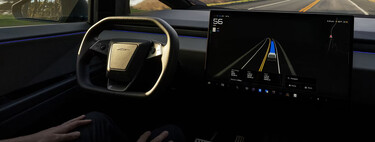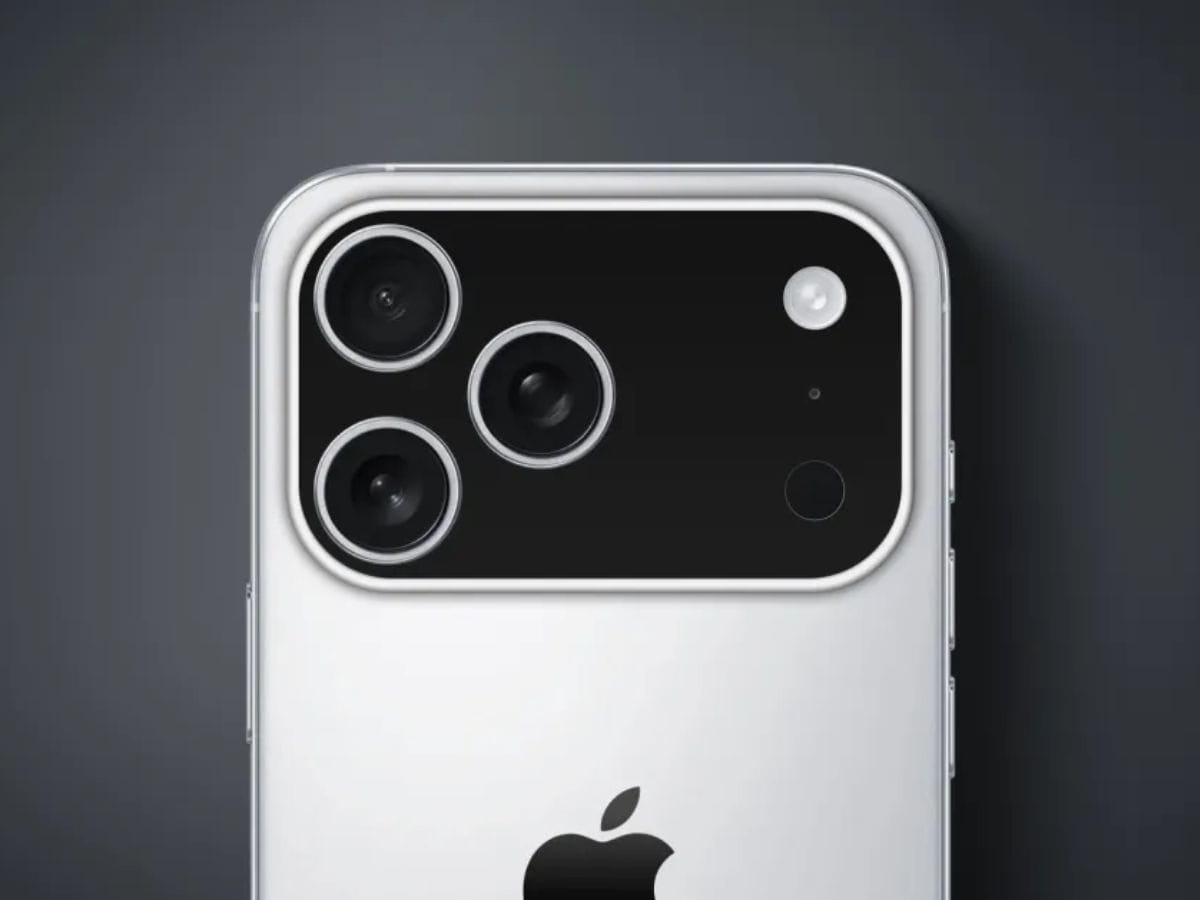On June 22 he will go to Tesla’s own history for being the first day in which the company has operated on the streets with its own robotaxi. He has done it, as there was no other, with strong restrictions, leaving some doubts in the environment and with a good handful of unfulfilled promises. This is all we know about the new service.
June 22. “It is the culmination of a decade of hard work.” With these words, Elon Musk has referred to X to the first trips made by his Robotaxis service, taking advantage of the publication to thank his team highlighting that “both the AI and software chips equipment were created from scratch within Tesla.”
The company has put in the streets of Austin the first trips of its robotaxis, the completely autonomous vehicle service that it intends to have full performance next year. At the moment, the service has given the departure gun between the expected restrictions.
Hard restrictions. Limited to very specific spaces in the city of Austin, with a Tesla worker in the co -pilot seat to monitor the operation of the vehicle and with a chosen audience. This has been Tesla’s first trips in the Texan city, complying with restrictions that their competitors have previously lived.
Although travelers have confirmed that Tesla supervisors had not allowed to make any comments not to condition the user, the truth is that Tesla wanted to limit the risks in this launch, selecting very well who can use the service.

Fans. It is undoubtedly the black point of the launch. In the deployment of these autonomous taxis, US regulations force them to function limitedly with a closed group. Waymo, in his day, opened the offer to his own workers and, once won the favor of the regulators, was able to open the general public with waiting lists and finally any user.
In this case, Tesla has also had to close the circle of its potential clients but has done so by choosing fans of the company itself. A look by X shows that those who have climbed into the car are workers of an Elon Musk company, company enthusiasts and some of them presume to be Tesla investors.
They do not comply. This careful selection of users has left us x full of messages propagandistic Positive on service. However, there are two key premises that Elon Musk’s company has not fulfilled.
They do not travel alone (1). The first is that cars work autonomously but maintain a supervisor in the passenger seat. It is true that during the presentation of Tesla Cybercab, the alleged robotaxi that should come into operation next year, Musk took care not to make reference to whether these first trips would be made with a human next.
He did not do it because one thing is to talk about deadlines and not fulfill them and another thing is to lie about regulations. And it is that all autonomous cars that have been put in the streets of the United States have had to go through this phase of human supervision. Tesla could not promise that the first steps would be given with a completely autonomous car for those focused on the presentation of what it will be (or should be) its service already stable.
However, remember that in 2021, when the completely autonomous car looked like a chimera, Elon Musk did promised that their cars could be used without human intervention. And that this would be possible in 2023. Something that, of course, has not happened.

Flyers and pedals. The same story can be followed as to the “form” of these robotaxis. Almost a five years ago Elon Musk said that in 2023 we would drive a model 2 of less than $ 30,000 and that he could forget the steering wheel. The Tesla Cybercab presented with that same premise but, again, it was omitted what the service would be like and focused on what was to come.
As we have in WorldOfSoftwareright now American regulators do not allow this type of cars to put on the market. It is something that ended with Cruise’s dream and one of the reasons is very simple: if the vehicle suffers some type of breakdown or disconnection and emergency services have to move it, they need any available alternative. The steering wheel and pedals are still essential.

The deadlines. Once the reality has hit the company and had to adapt to the regulations that mark the future of the autonomous car in the United States, it remains to be known if Elon Musk can fulfill deadlines that seem almost impossible.
In statements that almost seemed a parody of itself, Elon Musk said during the presentation of Tesla Cybercab that it tends to be “unusual in the deadlines.” And, perhaps because of that, another impossible deadline was set. That their robotaxis will work in full performance “before 2027, allow it to say so” as conceived.
That is, in 18 months Tesla should have an open service to the public on the street, which can charge for it, that reaches the entire city where it is in operation and that, in addition, it does so in an artifact without steering wheel or pedals. It would be to fulfill something that nobody has in the market. Not even those who have been burning billions of dollars for years to support something similar.
Photo |
In WorldOfSoftware | Tesla wants to approve her autonomous driving in Europe. He has chosen the most demential site to demonstrate it: Rome









